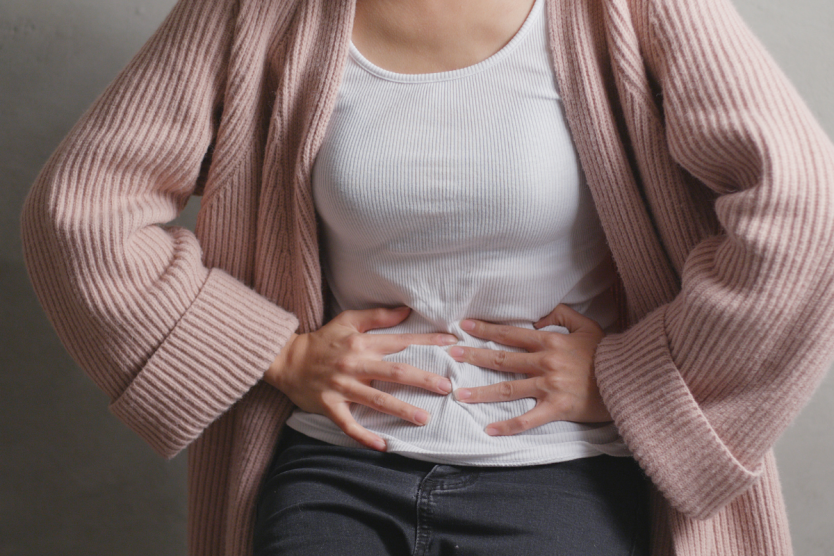If you’ve just found out you have uterine polyps, you likely have a lot of questions:
- What are uterine polyps and what causes them?
- Why do I have polyps?
- How common are uterine polyps?
You’re not alone. Let’s look into this women’s health issue to help you understand what you need to know about uterine polyps?
What are Uterine Polyps?
Uterine polyps, also known as endometrial polyps, are growths attached to the inner wall of the uterus that expand into the uterus. They are formed when the cells in the lining of the uterus, known as the endometrium, overgrow. While uterine polyps are usually noncancerous or benign, some can be cancerous or precancerous, meaning they may eventually turn into cancer.1
Uterine polyps range in size from a sesame seed to golf-ball-size or larger, and attach to the uterine wall by a base or stalk.1
What are the Symptoms of Uterine Polyps?
The most common symptom of uterine polyps is abnormal bleeding.
This can include irregular menstrual periods, such as unpredictable timing and flow, unusually heavy flow and bleeding or spotting between periods. Other examples of abnormal bleeding include bleeding after intercourse, and vaginal spotting or bleeding after menopause.2
In some instances, polyps prevent women from being unable to become pregnant or carry a pregnancy to term.2
How Common are Uterine Polyps?
One of the biggest predictors of polyps is age: women in their 40s and 50s, that time approaching menopause and menopause, are most likely to develop uterine polyps. They can occur after menopause, but they rarely affect people under 20 years old.2
Risk factors include being overweight or obese, having high blood pressure, or having had hormone replacement therapy.2 Uterine polyps are estrogen-sensitive, meaning they grow in response to estrogen in the body.1
In terms of statistics on the prevalence of polyps, some studies estimate the numbers as 24% in the general population. However, the incidence is much higher in postmenopausal women than premenopausal women. In terms of the risk of cancer, the incidence of malignant or premalignant polyps ranges from 0.5 to 4.8% in the general population, and 2 to 10% in menopausal women. There is an increased risk for malignant or premalignant polyps in postmenopausal women and it correlates with age.3
A factor that makes it difficult to know how common uterine polyps actually are is the fact they can be asymptomatic. That means they don’t cause any symptoms, preventing women from receiving a diagnosis.2 Pain is not a common symptom, but doctors sometimes discover polyps during an exam to diagnose a separate issue.2
As well, polyps sometimes prolapse, or slip, through the cervix, in which case a health care provider sometimes discovers the polyp during a physical exam.2
Seek Diagnosis
If you notice symptoms that could be a sign of uterine polyps, most commonly abnormal vaginal bleeding, see your health care provider promptly. Treatments are available, including removal with a minor surgical procedure. The polyps can then be tested to confirm that they are noncancerous.4 Use our Physician Finder to find a doctor near you with expertise in women’s health, who can help with your health concerns.




















